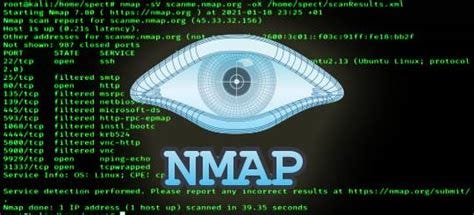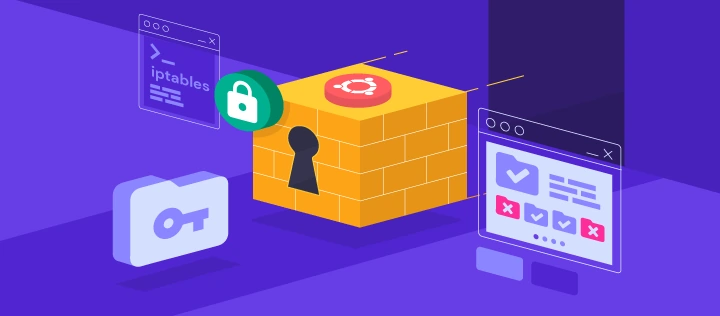Creating and Deleting Databases in PostgreSQL
PostgreSQL is one of the most powerful and versatile open-source relational database management systems (RDBMS) available today. Whether you’re a developer, database administrator, or data enthusiast, understanding how to create and delete databases in PostgreSQL is a fundamental skill. In this comprehensive guide, we’ll walk you through the steps to create and delete databases, share best practices, and provide valuable resources to help you master PostgreSQL database management.
Why PostgreSQL?
PostgreSQL is renowned for its robustness, scalability, and compliance with SQL standards. It supports advanced features like JSON support, full-text search, and geospatial data handling, making it a top choice for modern applications. Whether you’re building a small project or managing enterprise-level data, PostgreSQL offers the tools you need to succeed.
How to Create a Database in PostgreSQL
1. Using SQL Commands
The most straightforward way to create a database in PostgreSQL is by using the CREATE DATABASE SQL command. Here’s the basic syntax:
CREATE DATABASE database_name;
For example, to create a database named school, you would run:
CREATE DATABASE school;
You can also specify additional parameters like encoding and locale settings:
CREATE DATABASE school ENCODING 'UTF8' LC_COLLATE 'en_US.UTF-8' LC_CTYPE 'en_US.UTF-8';
This ensures the database supports Unicode and uses American English locale settings.
2. Using the createdb Command-Line Tool
If you prefer working from the command line, PostgreSQL provides the createdb utility. Here’s how to use it:
createdb school
You can also specify encoding and locale options:
createdb --encoding=UTF8 --locale=en_US.UTF-8 school
This method is particularly useful for automation scripts or when managing remote servers.
How to Delete a Database in PostgreSQL
1. Using SQL Commands
To delete a database, use the DROP DATABASE command:
DROP DATABASE database_name;
For example, to delete the school database:
DROP DATABASE school;
If you want to avoid errors when the database doesn’t exist, use the IF EXISTS clause:
DROP DATABASE IF EXISTS school;
This ensures the command runs smoothly even if the database is already deleted.
2. Using the dropdb Command-Line Tool
The dropdb utility is the command-line counterpart to DROP DATABASE. Here’s how to use it:
dropdb school
This command is ideal for scripting and automation.
Best Practices for Database Management
1. Backup Before Deleting
Always back up your database before deleting it. Use the pg_dump utility to create a backup:
pg_dump school > school_backup.sql
This ensures you can restore your data if needed.
2. Use Templates Wisely
PostgreSQL uses template databases (template1 and template0) to create new databases. Avoid modifying template0, as it serves as a clean slate for creating databases with custom settings.
3. Monitor Database Connections
Before deleting a database, ensure no active connections exist. Use the following query to check:
SELECT * FROM pg_stat_activity WHERE datname = 'school';
If connections exist, terminate them using:
SELECT pg_terminate_backend(pid) FROM pg_stat_activity WHERE datname = 'school';
This prevents errors during deletion.
Common Issues and Solutions
1. Permission Denied Errors
Ensure your user has the CREATEDB privilege or is a superuser. Use the \du command in psql to check user roles:
\du
If necessary, grant the required privileges:
ALTER ROLE username CREATEDB;
2. Database in Use
If you encounter errors like “database is being accessed by other users,” terminate active connections as described above.
Additional Resources
- PostgreSQL Official Documentation
- Prisma’s Guide to PostgreSQL Database Management
- CSDN Blog on PostgreSQL Database Operations
Conclusion
Mastering the creation and deletion of databases in PostgreSQL is essential for efficient database management. By following the steps and best practices outlined in this guide, you’ll be well-equipped to handle PostgreSQL databases with confidence. Whether you’re a beginner or an experienced user, these insights will help you optimize your workflow and avoid common pitfalls.
For more in-depth tutorials and expert tips, explore the resources linked above. Happy coding!
Latest blog posts
Explore the world of programming and cybersecurity through our curated collection of blog posts. From cutting-edge coding trends to the latest cyber threats and defense strategies, we've got you covered.

